1001 Park Avenue: Review and Ratings
between East 84th Street & East 85th Street View Full Building Profile
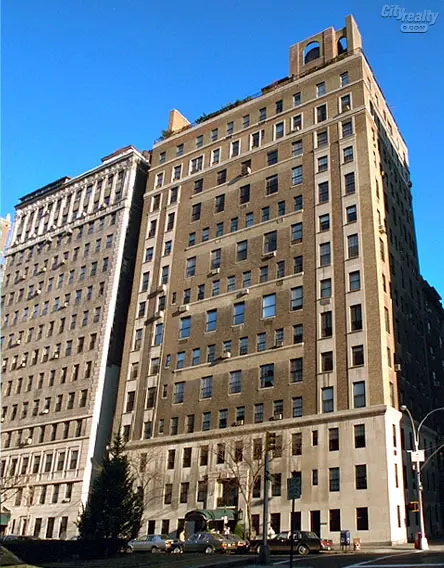

This attractive apartment building at 1001 Park Avenue on the northeast corner at 85th Street was erected in 1929 and designed by Pleasants Pennington and Albert W. Lewis for the T. E. Rhoades Company.
The 15-story building was converted to a cooperative in 1956 and has only 21 apartments.
Bottom Line
A handsome, pre-war with large layouts with fireplaces and an interesting but inconsistent fenestration pattern over its three-story limestone base.
Description
The beige-brick building has a three-story limestone base whose top is flared, inconsistent fenestration and some protruding air-conditioners.
It has a two-story, slightly projecting entrance surround with a handsome wrought-iron balcony and light sconces and sidewalk landscaping flanking its canopy.
Its end two windows on the north and south sides of its avenue frontage above the base have nice stone surrounds that frame the main façade, which has large windows on the 5th, 7th, 9th, 11th and 12th floors and smaller and narrower ones on the others.
There are four partial stringcourses in the center of the façade on the avenue.
There is a bandcourse above the 12th floor and the rooftop watertank, which is asymmetrically placed, is partially enclosed with arches but missing stone open urns at its corners. The north and south sides of the building have tall, plain chimneys.
The next to the top floor has attractive window surrounds.
In place of a cornice, the roofline has a Chippendale-style fence.
Amenities
The building has a doorman and storage.
It is pet-friendly, but has no garage and no health club.
Apartments
The original floor for the 4th, 6th and 8th floors indicated a four-bedroom unit with a entry foyer that leads to a 33-foot-long room with a library connecting to a 21-foot-dining room with a fireplace next to a pantry, a 10-foot-wide servants’ dining room, a 16-foot-long kitchen, four maids’ room and a 18-foot-long library
The penthouse is a duplex with a 15-foot-long entrance gallery that leads to a 19-foot-long living room with a wood-burning fireplace and opens onto an 18-foot-long dining room next to a 14-foot-long kitchen and a 13-foot-wide maid’s room and a 15-foot-long bedroom with a 85-foot-long south terrace, a 90-foot-long west terrace and a 46-foot-long north terrace on the lower level and a 17-foot-long bedroom and a 27-foot-long east terrace and a 19-foot-long west terrace on the upper level.
The 15th floor is a four-bedroom unit with a very long entry foyer and a 16-foot-long gallery that leads to a 19-foot-long library, a 29-foot-long living room with a fireplace that connects to a 19-foot-long dining room with a fireplace next to a 16-foot-long butler’s pantry, a 16-foot-long kitchen, a 9-foot-long breakfast room, a 20-foot-long, windowed office/study and a 9-foot-long staff room.
Apartment 4S is a two-bedroom unit with a 10-foot-long entry foyer that leads to a 10-foot-long gallery that opens onto a 33-foot-long living room with a wood-burning fireplace that leads to a 19-foot-long den/library with a wood-burning fireplace that leads to a 15-foot-long formal, windowed dining room next to a 14-foot-long butler’s pantry and a 12-foot-long kitchen. The second bedroom, which is next to the living room, has a wood-burning fireplace.
Apartment 12N is a two-bedroom unit that has an 11-foot-long entry foyer that opens onto a 29-foot-long living room with a fireplace and a 14-foot-long kitchen that leads to a 9-foot-long staff room.
History
James Trager, the author of "Park Avenue, Street of Dreams," (Atheneum, 1990), has noted that this building "replaced Park Avenue’s last remaining frame houses" and that it "had taken three years to buy the property, because within its 100-foot avenue frontage was a one-foot-wide strip owned by the heirs to an old estate."
"This was believed to represent a faulty transfer of part of the land sometime in the past," Trager continued, "but the deal could not go through until the heirs could be located. The new building was originally supposed to have one apartment per floor, each with three rooms, five baths. It wound up with six-, nine-, and thirteen-room apartments."
It has considerable "light and air" as it is diagonally across the avenue from the Roman Catholic Church of St. Ignatius Loyola.
One of the building’s past residents was Lillie P. Bliss, a founder of the Museum of Modern Art, who, according to a March 9, 2008 “Streetscapes” column in The New York Times, “lived there with five maids and a collection of works by Cézanne, Derain, Gaugain, Seurat and Picasso."
Location
The building is not far from to the Metropolitan Museum of Art on Fifth Avenue and there are other schools and religious institutions nearby. Cross-town buses run on 86th Street and an express subway station is at Lexington Avenue and 86th Street.
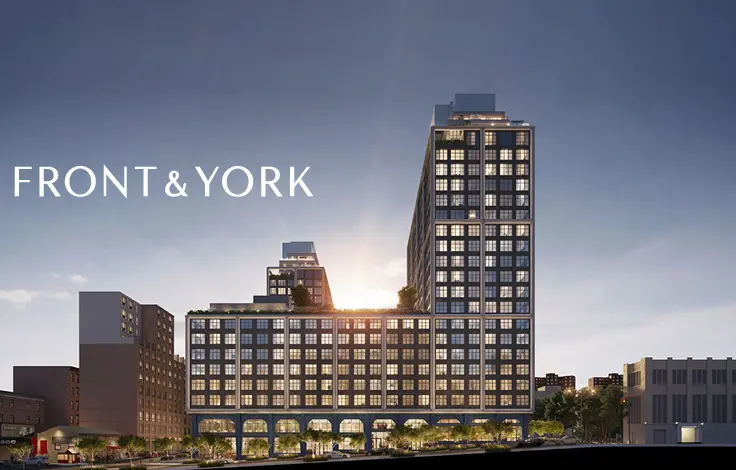
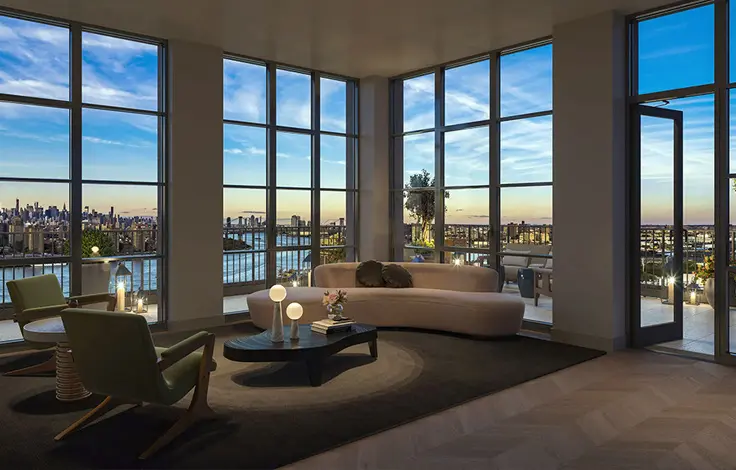

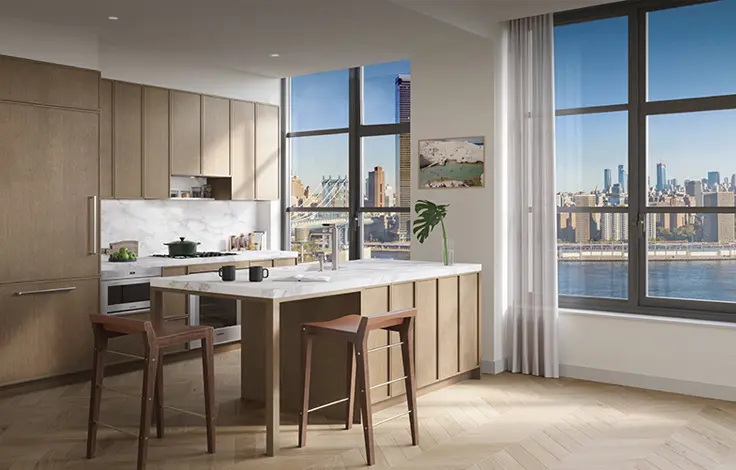
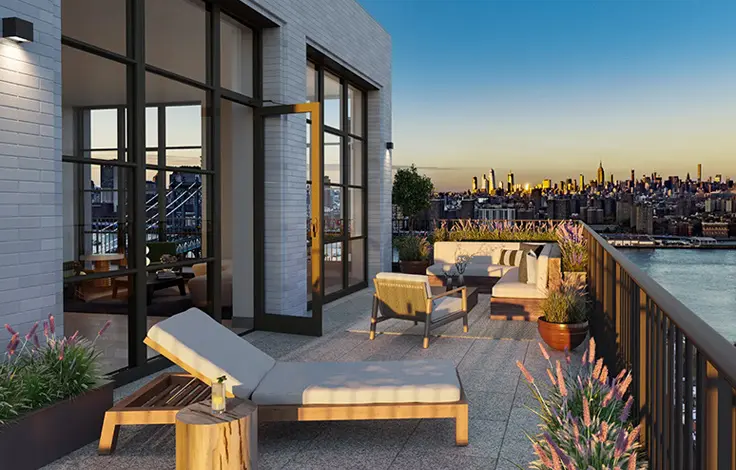
 6sqft delivers the latest on real estate, architecture, and design, straight from New York City.
6sqft delivers the latest on real estate, architecture, and design, straight from New York City.
